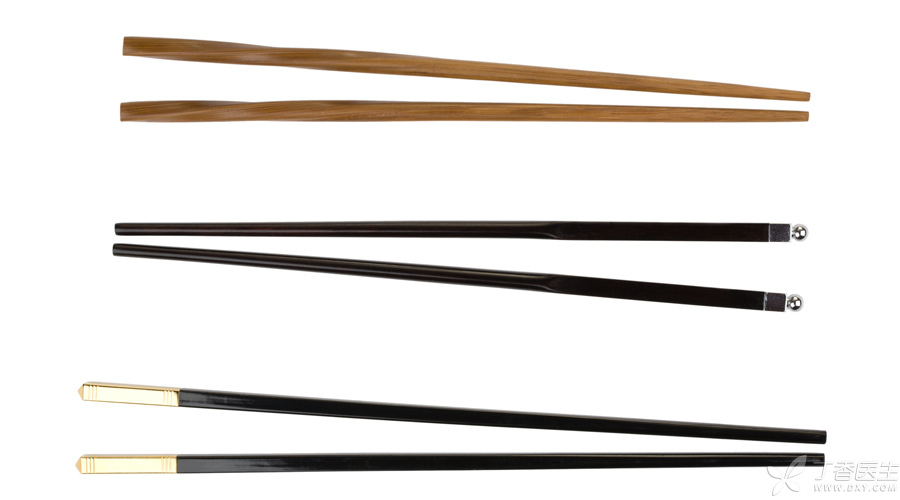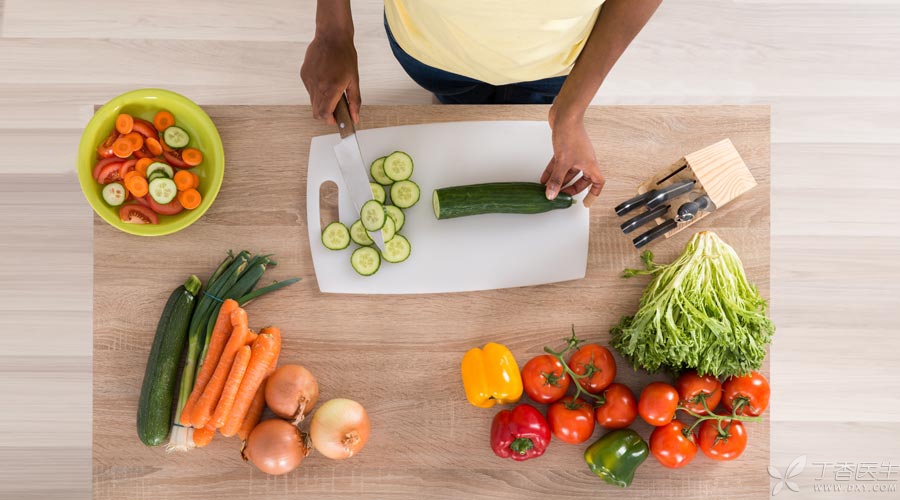
Some media: Chopsticks or chopping boards used for a long time will breed various mold, mild cases may lead to infectious diarrhea, vomiting and other digestive system diseases. Severe moldy chopsticks or chopping boards will breed [aflatoxin], which has been widely recognized as inducing liver cancer.
A media: A family unfortunately got cancer because their chopping boards and chopsticks had not been changed for a long time and were contaminated by Aspergillus flavus.
Is the fact really so scary?
The fungus is not necessarily Aspergillus flavus.
Chopping boards and chopsticks are common to grow mildew, especially in the humid plum rains season in the south, but you don’t have to worry too much.
Mould is one of the most common microorganisms in nature, and most of them do not affect human health. As people often say, [the fragrance of soil after rain] is actually the smell of mold spores floating in the air to a large extent.
- There may be many kinds of mold contamination during food storage, but not all of them are Aspergillus flavus. Mould is more likely to cause food spoilage, but it does not directly endanger human health.
Aspergillus flavus does not necessarily produce toxins
Fungi such as Aspergillus flavus, Aspergillus oryzae and Aspergillus soy sauce, which are often used in the brewing industry, not only do not produce toxins, but also can give full play to their production value.
Aspergillus flavus needs certain conditions to produce toxins:
- More than 20 degrees of temperature: kitchen meets; Humid environment: kitchen meets the requirements; Appropriate nutrition: rice, wheat, corn, peanuts, etc. are Aspergillus flavus’s favorite. Aspergillus flavus carries [toxin-producing gene]: Otherwise, even if Aspergillus flavus is contaminated, there will be no aflatoxin.
Generally, chopsticks and chopping boards do not have such rich nutrition, and it is not easy to produce toxins.
Therefore, the statements in media reports are too far-fetched.
In the past, aflatoxin pollution was high in some places in the south. Later, biological treatment was used to solve the problem: in fact, aflatoxin spores that did not produce aflatoxin were sprayed into the fields to replace those that produced aflatoxin.

Precautions in the Use of Chopsticks
Bamboo chopsticks
After a long time of use, it is easy to deform and crack, the surface wear is obvious, and it is easy to mold when affected with damp. If the color becomes darker, most of it is due to oil seeping in, which does not mean it is broken.
Disposable chopsticks
Restaurants and take-out food are mostly used. Due to the low processing threshold and low price, there are many inferior products, some of which can smell pungent smell and even see mildew spots.
Plastic chopsticks
Small restaurants and canteens use more, melamine is the main material. Melamine is melamine, ha ha, don’t be afraid, it is a polymer polymerization state, safety is no problem. Easy to clean, not easy to grow mold.
Metal chopsticks
Most of them are made of stainless steel or other alloys, which are strong, wear-resistant, not easy to deform, not easy to grow mildew and easy to clean.
To use chopsticks safely, pay attention to these points:
-
Drain the water after washing the chopsticks: Don’t put the chopsticks into the chopstick box in a hurry after washing them, and drain them a little.
-
Hollowed-out chopstick boxes are better: hollowed-out chopstick boxes are more conducive to drying, with water outlet holes below and chopsticks with their heads facing up.
-
There should be less tableware in the chopstick box: don’t put too much tableware in the chopstick box, and put the surplus into the cabinet after drying.
-
Clean the chopstick box regularly: because the bottom of the box is prone to mildew.

Precautions for Use of Chopping Board
Wooden chopping board
For example, traditional vegetable piers have strong water absorption, low hardness, poor wear resistance, easy cracking and mold growth. In some places, tung oil or other oils will be used for treatment, and regular oiling and maintenance are also required at ordinary times.
Bamboo chopping board
Medium water absorption, high hardness, good wear resistance, easy cracking, not easy to grow mold, easy maintenance.
Plastic chopping board
It is mainly made of PP material, which does not absorb water, has medium hardness, medium wear resistance, is not easy to crack, does not grow mold, and is easy to maintain.
Glass chopping board
No water absorption, high hardness, strong wear resistance, no mildew, easy maintenance. However, it is not suitable for chopping meat. When cutting fruits and vegetables, it is also easy to produce uncomfortable scratching sound when contacting with a knife.
To use the chopping board safely, pay attention to these points:
-
Separation of raw and cooked: Try to separate raw and cooked chopping boards. If one chopping board is used, do not use the front and back sides to distinguish raw and cooked, but use the order to distinguish them.
-
Wash and dry: When the chopping board is used up, clean and dry it in time, leaving no food residue.
-
Hanging and erecting: The chopping board can be hung or erected after washing, and should not be placed against the wall or flat on the table top.
-
Clean before use: The next day or the next meal before using the chopping board, it is best to clean it again with running water.
-
Regular replacement: According to the instructions for the use of the chopping board, proper maintenance can prolong its service life.
